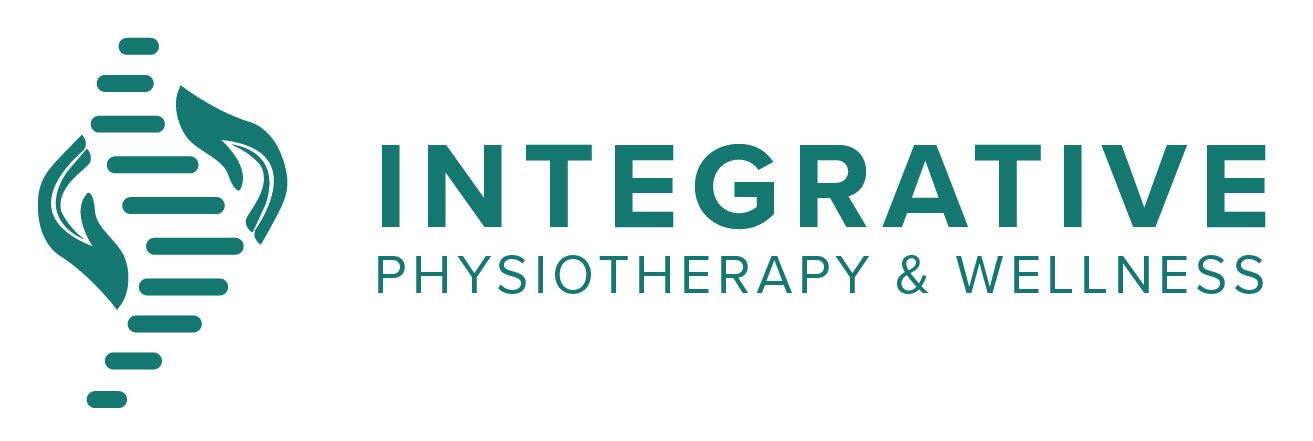Golf Fitness: A Physiotherapist’s Guide to Improving Your Game and Preventing Injury
Introduction:
Although golf is often considered a low-impact leisure sport, it carries a risk of injuries that can hurt a player’s performance or have them missing some or all of the season. Golf is one of the highest injuries producing sports due to the strain golfers place on their bodies. Golfers expose their bodies to repetitive movements, significant levels of force and loads, all while moving their body through a large range of motion. Many injuries golfer’s experience can be prevented by year round strength and conditioning program, proper warm-ups, and management throughout the season.
Common Golf-Related Injuries:
Golf-related injuries can occur anywhere in the body, but the most common are:
Back strains and sprains: often caused by poor posture, core weakness, or restricted mobility;
Rotator cuff injuries/tears: shoulder pain due to improper swing mechanics or lack of strength;
Golfer’s elbow (medial epicondylitis) or tennis elbow (lateral epicondylitis): a form of tendonitis resulting from repetitive or overuse of the forearm muscles;
Knee pain: often linked to poor stability or excessive rotational forces during the swing
Wrist pain/injuries: often linked to repetitive movement or improper swing mechanics
Causes and Risk Factors:
Golf injuries can be caused by several factors, including:
Poor technique: hitting the ground or another obstacle instead of the ball can increase the risk of injury
Time spent playing: the more you play, the higher your risk of injury
Poor flexibility, strength, and form: limited mobility, strength, and poor biomechanics places increased strain on muscles and joints
Lack of warm-up: increases the risk of muscle and joint injuries
Previous injury: golf can aggravate pre-existing conditions.
Assessment:
Our physiotherapist, Stacey Stys, will complete a golf-specific assessment to find out the patient’s abilities, needs, and goals. This will provide us with the necessary information to create an individualized golf-specific conditioning program, taking into consideration any pre-existing injuries or conditions. The assessment will include:
A detailed history and physical examination
Assessing movement, flexibility, and strength
Assessing biomechanical issues contributing to the condition
Our Physiotherapy Approach to Golf Fitness:
At Integrative Physiotherapy, we have a multifaceted approach to improving golf and overall fitness while taking into consideration any pre-existing issues that may be limiting you. The key areas of golf fitness include:
Core Strength: A powerful golf swing starts with a strong core. Your core muscles provide stability and promote energy transfer from your lower body to your upper body during the swing. Body weight, banded, anti-rotation exercises, and clinical pilates can help develop core strength.
Flexibility & Mobility: Restricted mobility, especially in your hips, thoracic spine, and shoulders, can lead to compensation in your swing, increasing stress on your lower back. Regular stretching and mobility exercises, including dynamic warm-ups, tune-up balls, or foam rolling, can improve your range of motion and prevent stiffness.
Balance & Stability: Good balance allows you to maintain stability throughout your golf swing, leading to better shot consistency. Single-leg exercises, stability drills, and proprioceptive training can help improve your ability to generate power while staying balanced.
Strength Training: Strength training for golf isn’t about lifting heavy weights but rather focussing on functional movements that translate to better performance. Squats, lunges, resistance band exercises, and deadlifts can build the strength needed for a more powerful swing while reducing the risk of injury.
Endurance & Cardiovascular Fitness: A full round of golf requires endurance, particularly when walking the course. Cardiovascular training, such as brisk walking, incline walking, cycles, or interval training, can help maintain energy levels and focus throughout an 18-hole game.
Injury Prevention Tips:
Warm-Up Properly: a dynamic warm-up before playing, including stretching and mobility exercises, to prepare your body for the demands of golf;
Strength and Condition: Include golf-specific exercises into your fitness routine to enhance performance and durability;
Improve Swing Technique: Work with a golf coach or physiotherapist to optimize your swing and reduce stress on vulnerable joints.
Listen to Your Body: If you experience pain, don’t ignore it. Address minor issues early to prevent them from becoming chronic injuries
Physiotherapy Can Help:
Whether you’re a weekend golfer or an aspiring professional, investing in your fitness will pay off on the course. By improving core strength, mobility, stability, and endurance, you can enhance your swing, reduce your risk of injury, and enjoy the game for years to come. If you experience pain or limitations in your golf performance, consult with our physiotherapist, Stacey Stys, at Integrative Physiotherapy to help you develop a tailored fitness program to meet your needs.
Written By: Stacey Stys, Registered Physiotherapist. MPT BAKin
Physiotherapist
References:
McHardy, A., Pollard, H., & Luo, K. (2006). Golf injuries: a review of the literature. Sports Med, 36(2), 171-187.
National Academy of Sports Medicine. (2012). Golf Fitness Specialist Course Manual. Assessment Technologies Institute, LLC.
Robinson, P. G., Murray, I. R., Duckworth, A. D., Hawkes, R., Glover, D., Tilley, N. R., Hillman, R., Oliver, C. W., & Murray, A. D. (2006). Systematic review of musculoskeletal injuries in professional golfers. Sports Med, 36(2), 171-187.
UPMC Sports Medicine. (n.d.). Golf fitness. Retrieved from https://www.upmc.com/services/sports-medicine/for-athletes/golf
Cabri J, Sousa JP, Kots M, Barreiros J. Golf-related injuries: A systematic review. European Journal of Sport Science. November 2009; 9(6): 353-66.
Doan, BK, Newton, RU, Kwon, YH, and Kraemer, WJ, Effects of physical conditioning on intercollegiate golfer performance. J Strength Cond Res. 2006. 20(1): 62-72.

